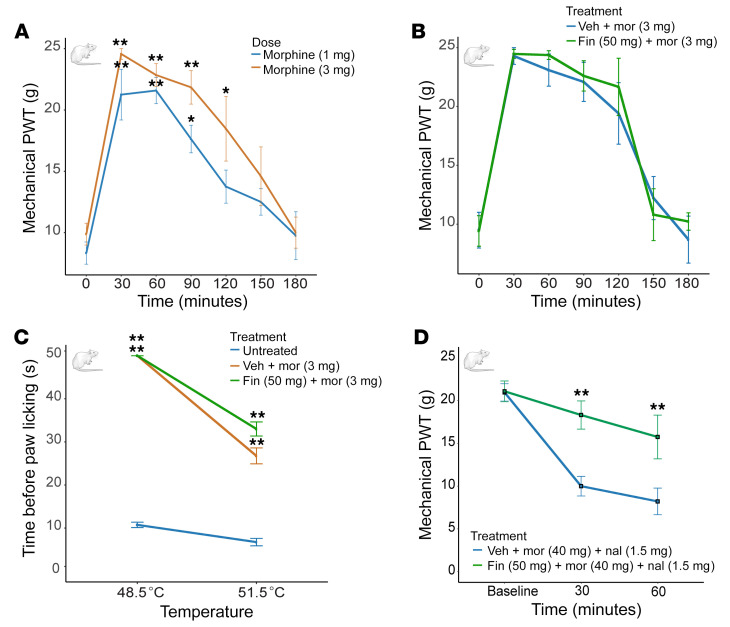Figure 6. Finasteride does not affect the antinociceptive effect of opioids in a neuropathic pain model.
(A) Paw-withdrawal thresholds (PWTs) in the Randall-Selitto test. Pain tolerance was measured over 180 minutes after treatment. Both doses of morphine significantly increased PWT compared with animals tested immediately before injection. Two-way ANOVA significant effect of time [F(6, 72) = 31.09, P < 0.0001]. Morphine 1 mg/kg: n = 6; morphine 3 mg/kg: n = 8 per condition. (B) Cotreatment with finasteride (50 mg/kg) did not block the antinociceptive effect of morphine (3 mg/kg). Two-way ANOVA significant effect of time [F(6, 48) = 45.31, P < 0.0001] but no significant effect of treatment [F(1, 8) = 0.19, P = 0.68] and no effect of interaction [F(6, 48) = 0.37, P = 0.89]. n = 5 rats per condition. (C) Finasteride did not affect the thermal antinociceptive effect of morphine as measured by the time before paw lick in response to different temperatures 30 minutes after treatment with morphine. Two-way ANOVA: at 48.5°C, significant effect of treatment [F(2, 9) = 770, P < 0.0001]; at 51.5°C, significant effect of treatment [F(2, 9) = 33.12), P < 0.0001]. The results for vehicle plus morphine and finasteride plus morphine were significantly different from those seen in the untreated animals. No difference was observed between vehicle plus morphine and finasteride plus morphine treatments. n = 4 rats per condition. (D) Finasteride reduced hyperalgesia associated with opioid withdrawal. Rats subjected to SNL and a 6-day escalating morphine treatment were injected with finasteride (50 mg/kg, i.p.) or vehicle. Mechanical nociception was measured immediately on the injured paw after naloxone treatment and repeated 30 and 60 minutes later. Two-way ANOVA significant effect of interaction [F(2, 20) = 4.53, P = 0.024], time [F(2, 20) = 19.4, P < 0.0001], treatment [F(1, 10) = 13.1, P = 0.0046]. *P < 0.05, **P < 0.01. Data are shown as the mean ± SEM. Adult male Sprague-Dawley rats were used to test the effect of finasteride treatment on morphine antinociceptive effects, and adult male Long-Evans rats were used for the naloxone-precipitated withdrawal experiment. These experiments were performed using a between-subject design.

